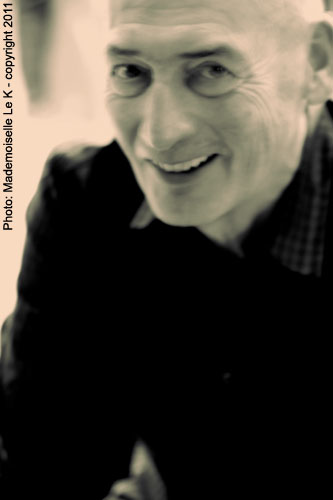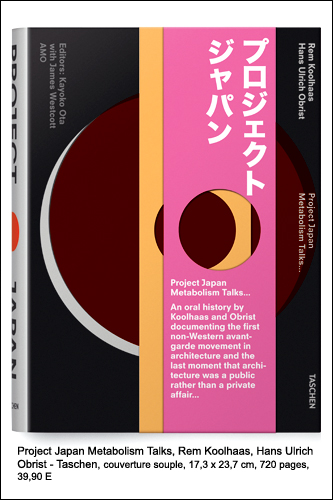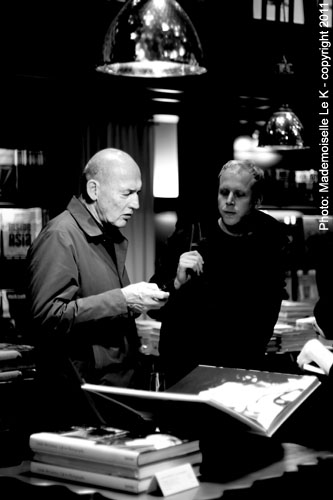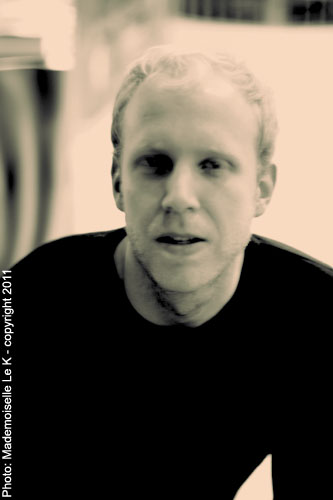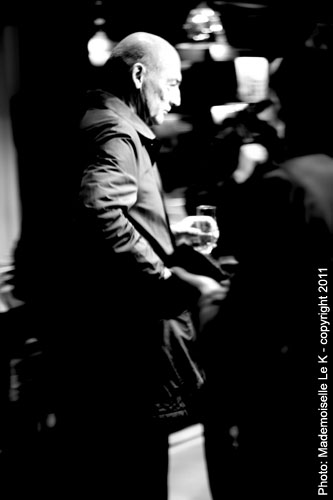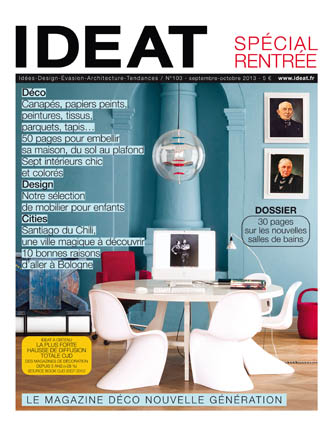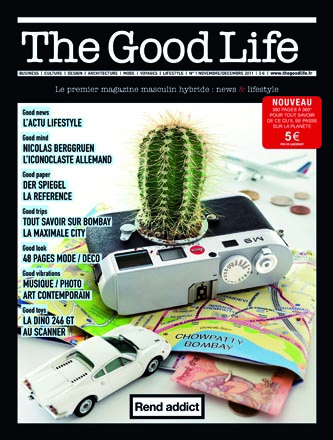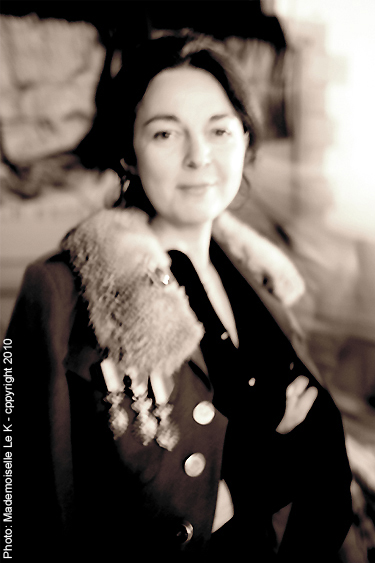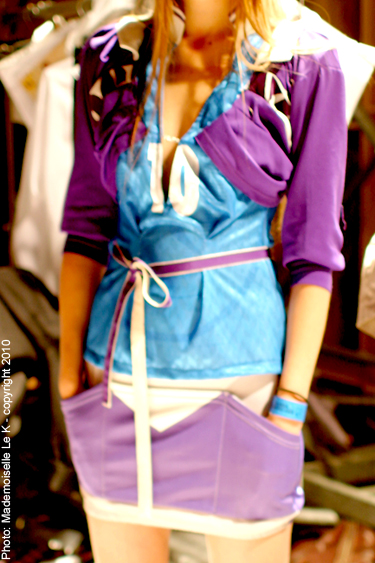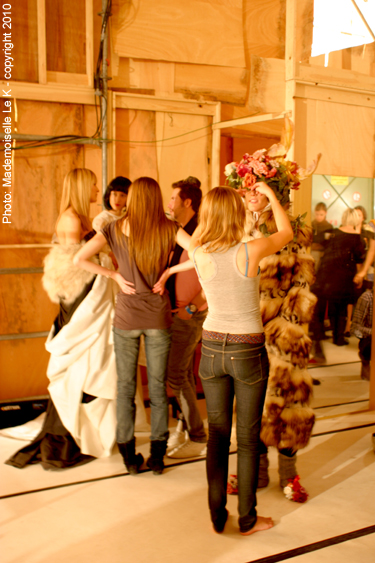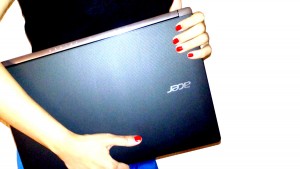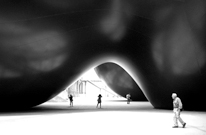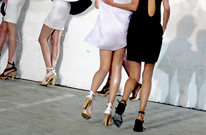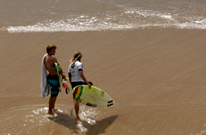Last tuesday @ Taschen Bruxelles :
Rem Koolhaas was signing copies of “Project Japan, Metabolism Talks…” written with Hans Ulrich Obrist (between 2005 and 2011) and edited by Kayoko Ota. The Dutch famous architecte who’s won several international awards including the Pritzker Architecture Prize in 2000, came with James Westcott. He contributes to the book as a writer (picture 5) and will participate to this improbable interview!
Among many emblematic works of Rem Koolhaas, the headquaters of CCTV in Beijing and Casa da Musica in Porto, which is my favourite! A crazy shaped building with perspectives of German Expressionnist movies : “with a low floor space and less impact on the environment” (Rem Koolhaas). I really enjoyed discovering each spaces, going from one surprise to the next. Like a succession of decors both playful, aesthetical, convenient and unconventional.
No surprise : Rem Koolhaas studied scriptwriting before studying architecture. He wrote an unproduced script for Russ Meyer, the filmmaker of “Faster Pussycat Kill Kill” (the master of B- movies is today a cult director)! In 1975, Rem Koolhaas founded OMA together with Elia and Zoe Zenghelis and Madelon Vriesendorp. Then he had a student called Zaha Hadid… Quiet on the set!
– Why a book about the Japanese architecture?
Rem Koolhaas answers in French :
– Today there is no more Dutch, or French or American architecture. Except in Japan, there’s always been a Japanese architecture. It is the last nation with an influent architecture. The Japanese architects have a more sophisticated link to the past. Which is both a weight and a gift.
– What is the Japanese movement Metabolism?
– For Metabolism, the architecture is a phenomenon almost organic, constantly changing. In 1960, there was an optimism about the role of technology. Those architects created an architectural vocabulary. In the book, the interviews review all context of this Japanese architectural movement and the role of the Japanese bureaucracy at the launch of this movement. It’s really a human book. We interviewed the surviving members of Metabolism, together with their mentors, collaborators, rivals, critics, protégés, the architects widows and families.
– Is the book a task of remembrance?
– Yes, it’s about transmission. It is a cultural document representing a moment before the market be the dominent force.
Rem Koolhaas shows me the book spine, with a multicoloured stripe design. Each one of these colours corresponds to one complete section of the book. Really helpful – I was about to write “to navigate”! lol!
– Today architect has to be more than an architect?
– Architect has always had to be more than architect. Architect-businessman, or architecte-sociologist, or architect-writer…
MANY THANKS TO Rem Koolhaas, James Westcott and Taschen.
Related posts :

